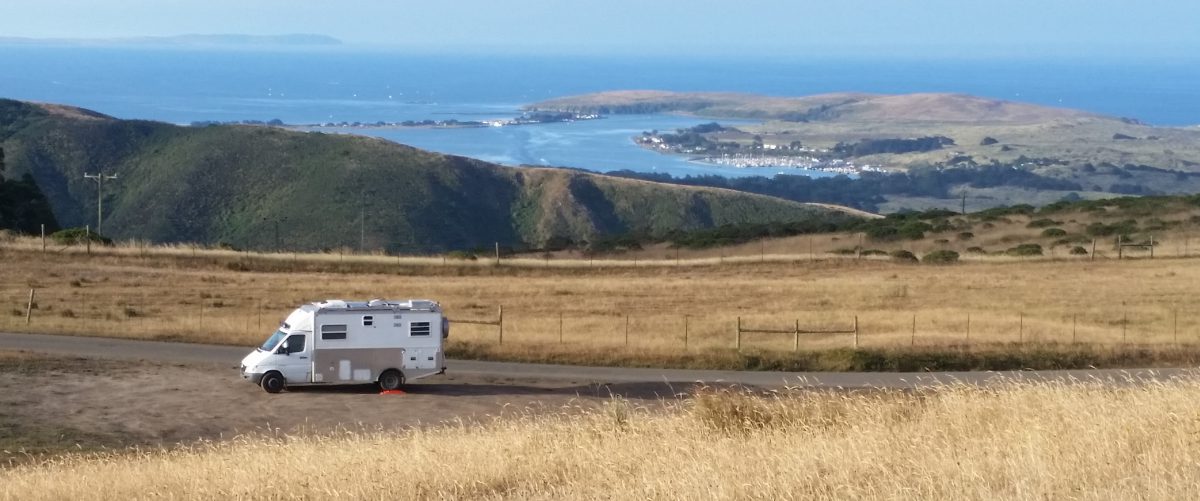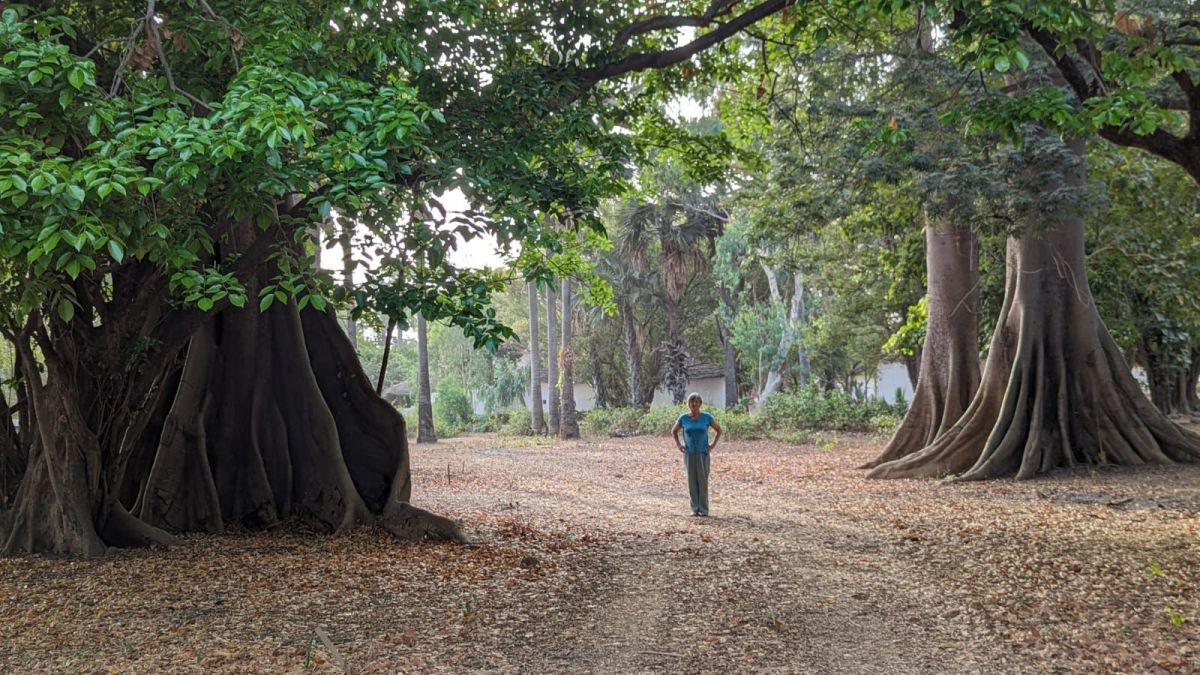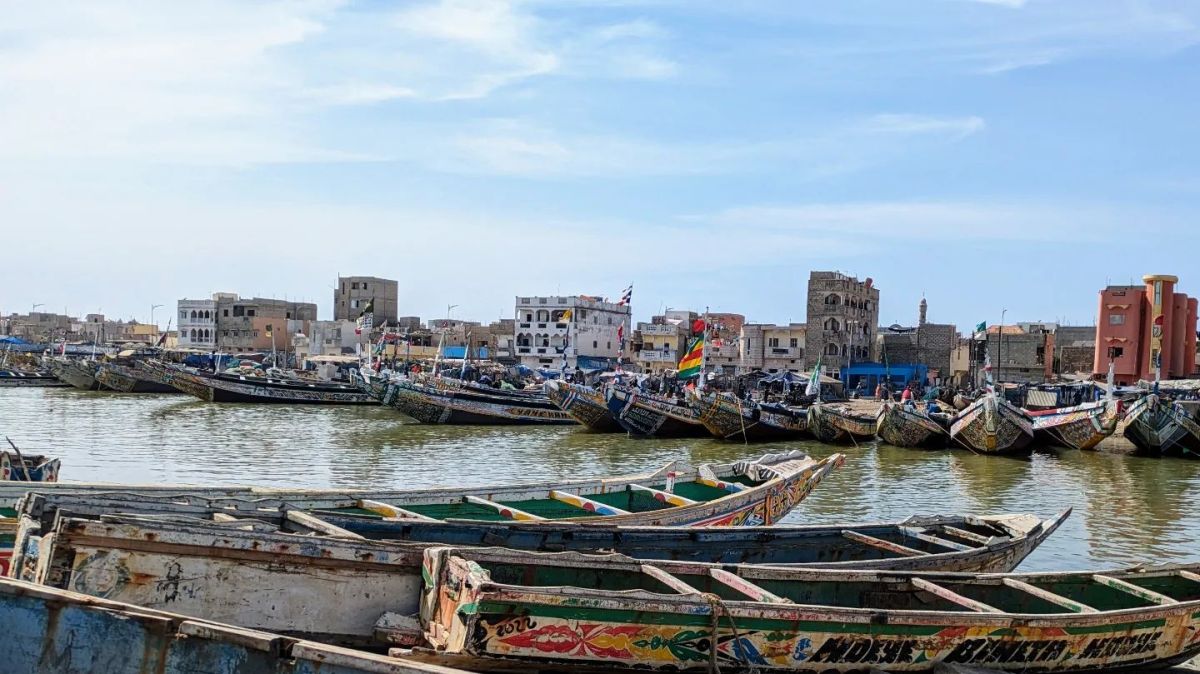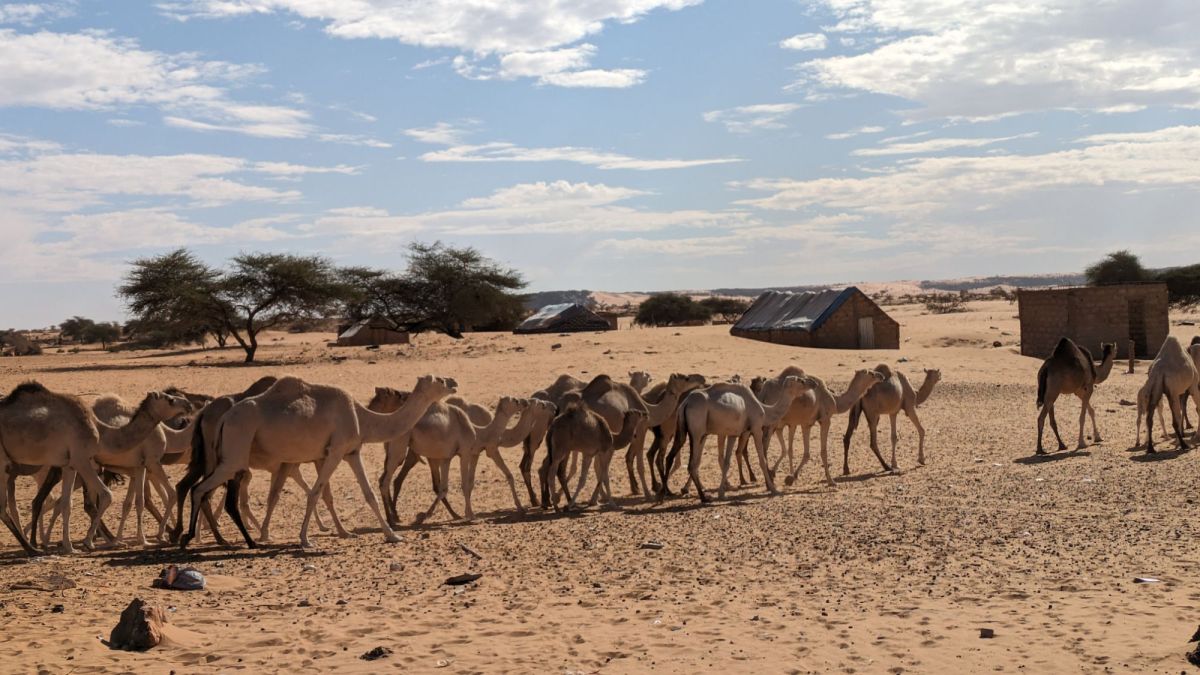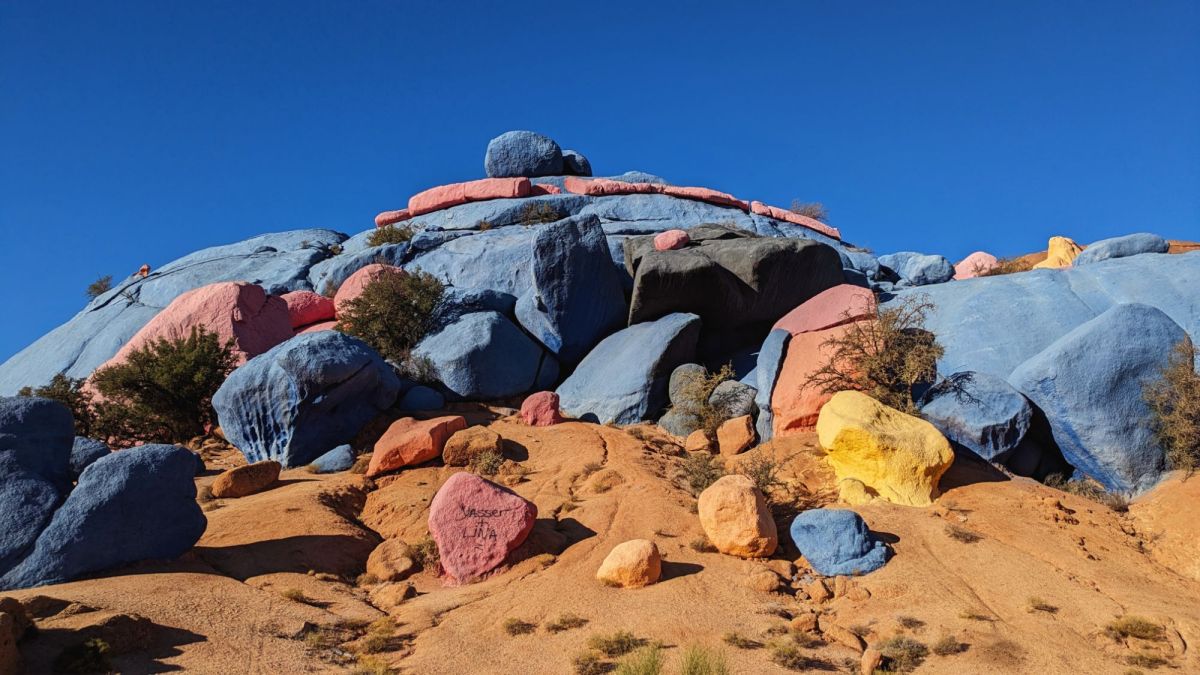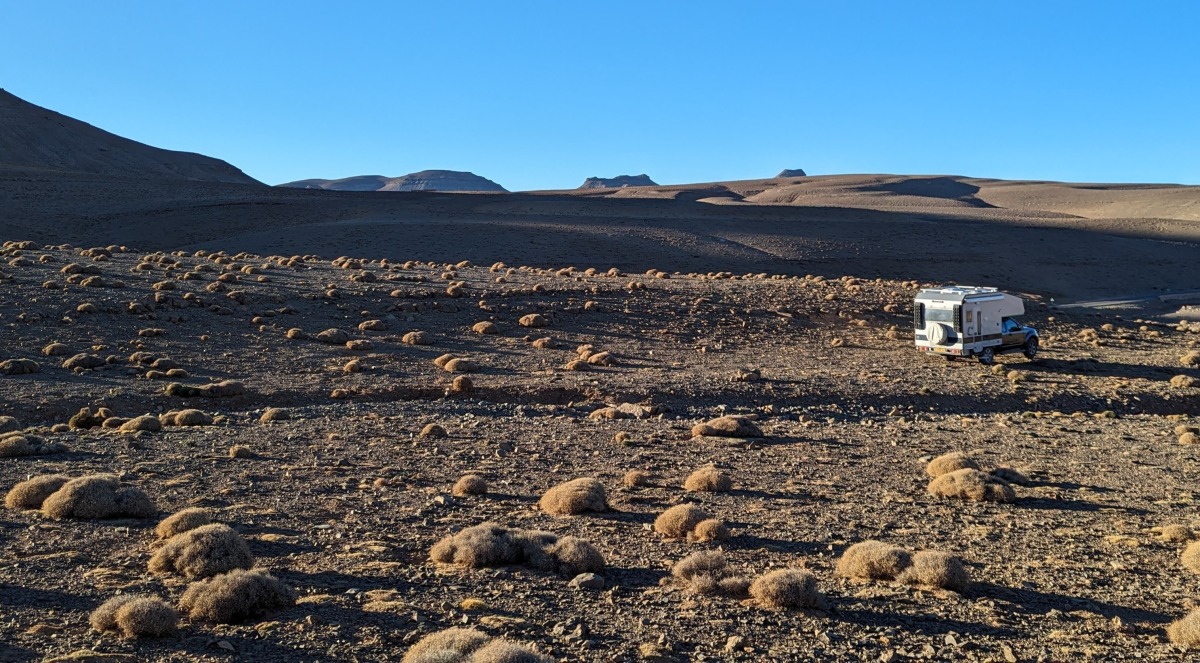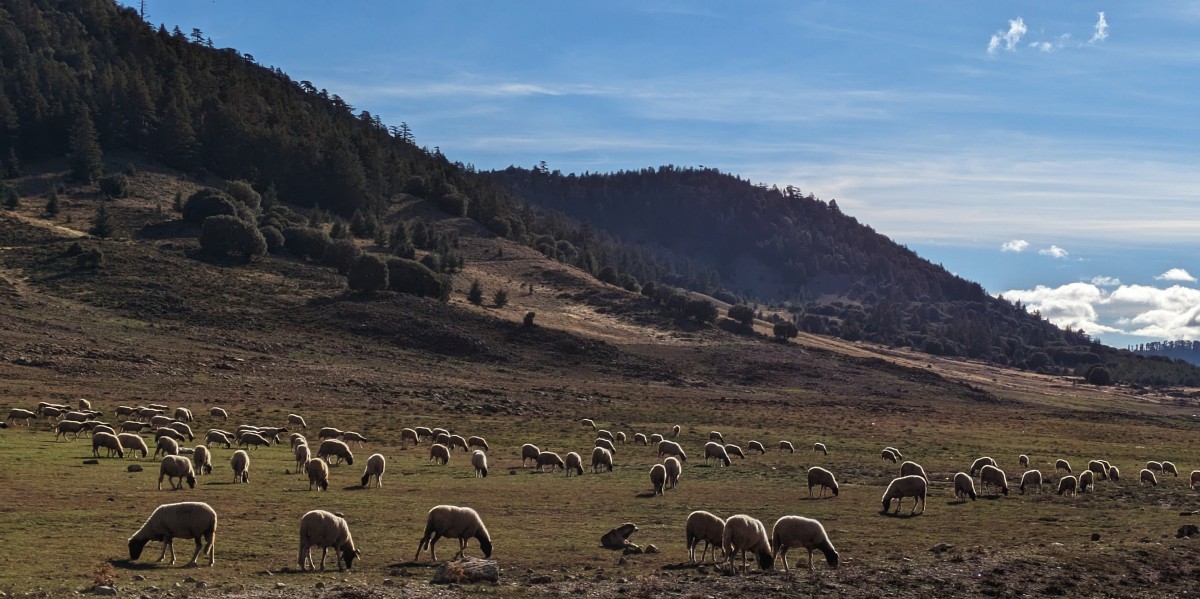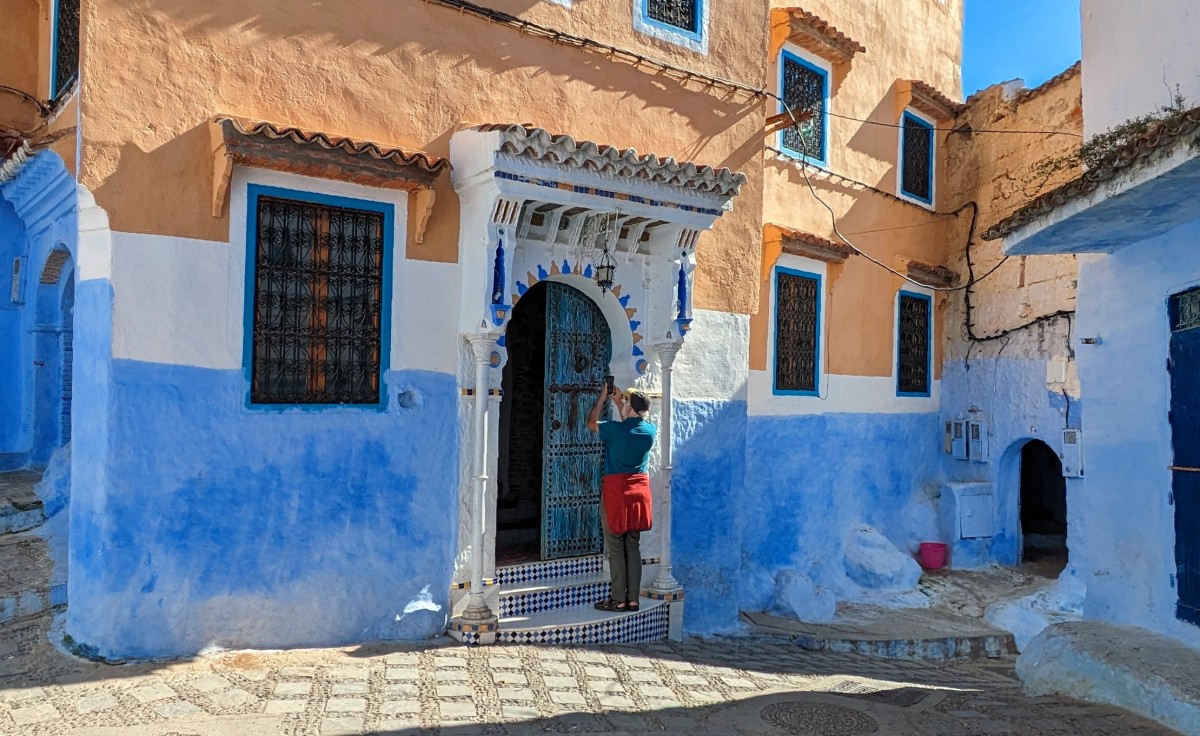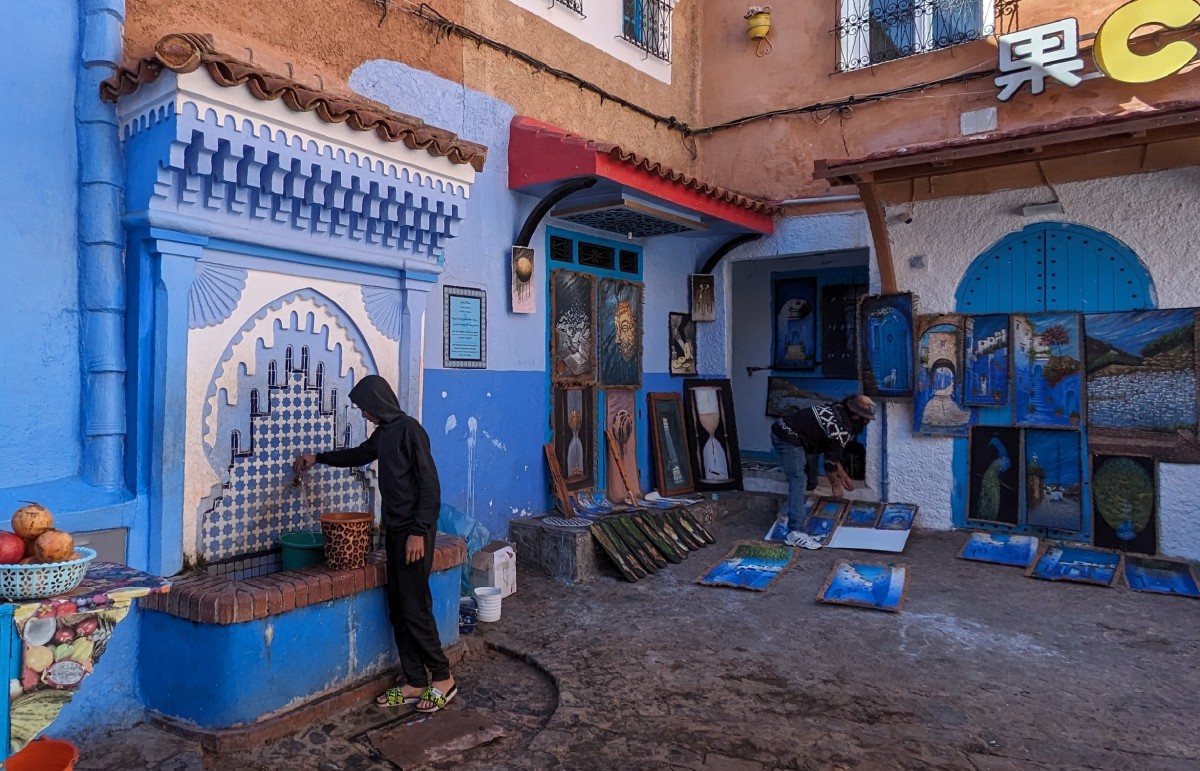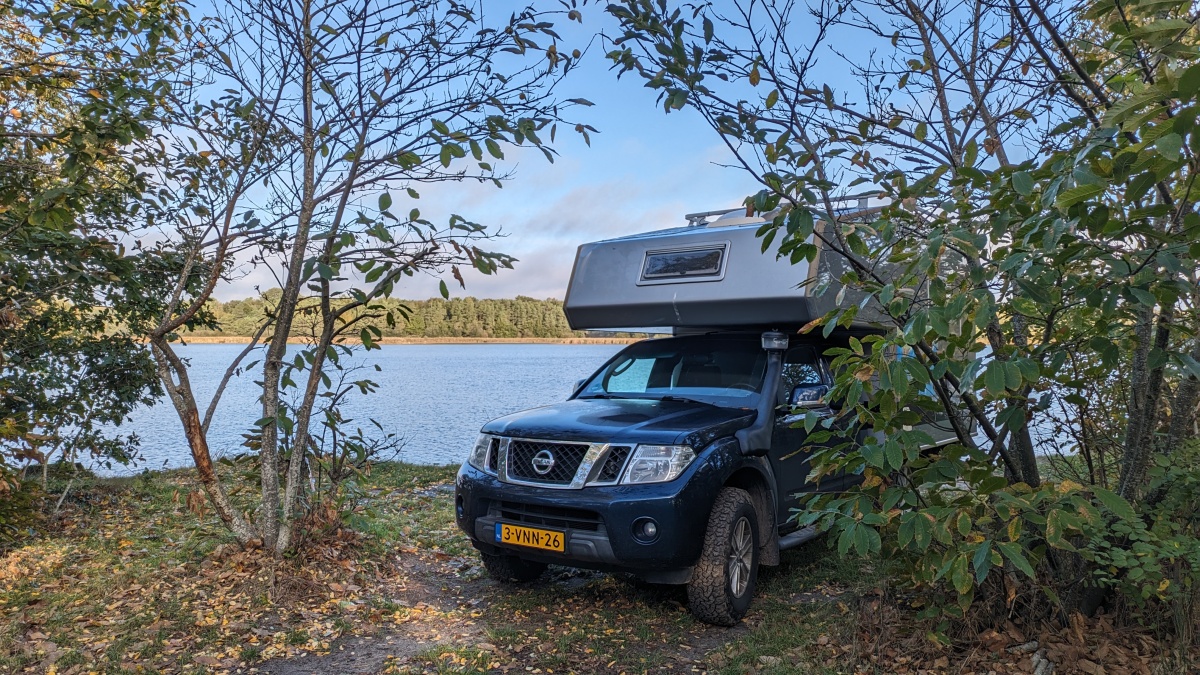We stopped in the tiny, poor fishing village of Tendaba, a place in need of some income, so we ordered dinner at “Bouy Wallo Resturant” and took a Mangrove boat tour in the morning. There were many snakebirds, cormorants, herons, egrets and kingfishers, as well as birds I don’t know the names of – some of the quite beautiful – but since I neglected to check if my “real” camera with tele focus was full… it wasn’t, it died at the first shot I tried to make. No bird pics…We still enjoyed the four hour tour.



For our next stop along the river Gambia, we went to see the chimpanzees. Again Google sent us through small cross-country sand-tracks, even though there was a good road. But because of that, we had the opportunity to stop between some giant termite hills. At the River Gambia National Park we found a camp between giant baobabs and hordes of monkeys. It could have been the start of a magical experience if only the one other boat would have given us some viewing space where the chimpanzees approached the waterfront. ☹️



By accident we happened upon something deliciously wonderful!
On Thursday afternoon we arrived in Georgetown – or better called by its historic and restored name of Janjanbureh. We just wanted to spend a day visiting Gambia’s second-biggest city – which really is just a walkable dusty village. Only hours after we arrived as the only guests at a quiet, riverside camp, a Dutch tour group arrived, accidentally together with a friendly German overlander couple who we met before at the Zebrabar in Senegal. These Germans mentioned that when they crossed the Senegal/Gambia border that morning, one police officer shared the news with them that a unique cultural festival, “Kankurang,” would take place that weekend in Janjanbureh. Hearing about that, we decided to stay for the weekend. We did not regret it. The following day, people from all over Gambia and Senegal arrived to participate in, and witness the spectacle. Unfortunately for the Dutch tour group, their leader decided they should rush to the beach to stay on schedule.





With one day to spare on our Gambia visa, we crossed the border back to Senegal. We were the only ones there, so service was easy and casual. Then we drove on excellent roads that, according to both Google maps and Maps.me, did not exist – they pointed us to walking trails instead. We decided to see where the good road would lead us: through bush land and along pretty villages. We kept on seeing small groups of boys dressed in unusually grimy white boubous…and concluded that they are either newly circumcised boys, or belonging to a strange sect…(there are some Sufi sects in Senegal that require boys under their care to work or beg for them)




The days were getting warmer, but the nights were cooling down to the point that I pulled out my blanket again. As we drove more inland, the villages we see along the road became cleaner and more charming. I kept on photographing them, as I find the next compound even prettier than the previous ones.
Close to the entrance of Niokolo Koba National Park, we picked an attractive spot along the Gambia River, between some huge, gorgeous Kapok trees! (See feature photo) Near sunset and sunrise we had a visit of some monkeys: first a group of baboons, and in the morning some cute little colobus monkeys.
We were ambiguous about Niokolo Koba, Senegal’s largest national park near the Guinée border. Here one could take a safari to see African wildlife. Thijs found out this park is bigger than Yellowstone, or could be as big as our country of the Netherlands. There were however a few unfortunate facts that made us decide not to visit: 1. many areas are burnt, which is not only unattractive, but grazing animals will find nothing to eat there. 2. For an area this big, the amount of big game is small (like only 50 elephants) so the chance of spotting some interesting animals is slim. 3. To take a tour through the park, one has to hire a guide who drives along in your vehicle (we only have two seats in our truck) We could rent another 4x4WD which could accommodate this guide, but that makes a visit ridiculously expensive, especially considering we may not see any animals outside of monkeys and birds. 4. The main road cuts straight through the park. Any animal could just as well be close to that road.
Along the main road we saw monkeys, warthogs, a Gambian mongoose and some big Sudan hornbills…more than some guided visitors have seen.


At the southern edge of the park we found another beautiful lodge along the Gambia river. This one even had a swimming pool! Here we remained few days, awaiting my Guinee e-visa (just mine, Thijs already received his)
Still waiting for my Guinée Visa to arrive, we went to tour the area. First we stocked up on supplies in the nearest town of Kedougou, some 36 rough kilometers away. There was not much, but we managed to buy coffee, milk for our coffee, bread, little bits of cheese, jam, and onions – which beside carrots and potatoes is the main vegetable in these countries.
We searched and found the villages that we heard about to be special. To reach the isolated village of Iwol (and the biggest baobab of West Africa) we climbed a mountain, 600 meters up over 3 kilometers. We are so out of shape with all the driving without much exercise! We used to do this in South America at over 3000 meters. But there we walked at our own pace in cool temperatures; here we followed a guide and a younger french couple who set the pace at 39⁰C temps. But we made it. We enjoyed the interaction with the women and children – especially when we were interested in buying some of their trinkets. And the children did not beg! The village, because of its difficult accessibility has remained isolated and pretty much self reliant.







Also at Ibel village, our start off point, the people were pleasant. After realizing we did not have balls or candy, the boys just sat with us and talked about their school, and their languages. When they appeared to be curious about the inside of our camper, we showed them the inside, one by one. Word went around, and all together about 25 kids lined up to take a look inside.


Yesterday we saw two kids with (what we’d call) toys. Normally we see them roll a bicycle- or car-tire, or kick an empty bottle. This time, there was a boy that held in his hand a real toy car, and we saw a boy pull a home made dump truck made out of bottle caps, some pieces of plastic foam, and a cut off plastic container – stuff we’d consider trash. Girls don’t play here: we see them hauling buckets of water or laundry on their head, and washing in the river.
Every place where we stop, we get surrounded by kids, all asking for a “cadeau” (present) a “bonbon”(candy) or a “ballon”(soccer ball) sometimes they ask for food or a drink. Or they ask for anything: the clothes off my back…the ring off my finger… There are so many kids!
Yesterday we were invited to take a stroll along the river. The guy, it was clear, expected to get paid for that, and we could get some interesting information out of him. Like, he has two wives and is proud to have fifteen kids. His youngest is about a year old. He may be around fifty or sixty. He hangs around the camp, waiting for people like us, hoping to earn maybe $5 (all converted to US $ for you) every now and then- maybe once a week. The women do the real work: tend a garden (where cassava, onions and carrots are the main fresh food grown), wash loads of laundry by hand, pound their main staple of rice, or corn, and cook.They fetch bucketloads of water and clean the compound. In the late afternoon, at this riverside location, we see them pan for gold, always carrying their babies on their back. Although we see men working (driving and repairing vehicles and boats, fishing and hauling heavy loads besides service jobs as police officers or tourist guides) we see many of them just hang. A police man at a road check may earn $50 per month (job: wait for a car to come by and ask where you come from, where are you going…maybe ask for ID) The woman at the Gambian beach hotel also made $50 as a hotel manager: serving guests, keeping the accounts, cleaning rooms and overseeing the cook, gardener, and wash woman, who all probably made less than she did.
Begging is understandable. It’s just that candy does not provide nutrition, so I will not give that, or candy-money to kids. I hand out peanuts, which they like. But when they see that I keep some for myself, they want it all. They don’t understand we want some as well.
White people are expected to have unlimited resources, of everything. Even when we walk around with just a bottle of water, they ask for sweets or a ball, or otherwise my water bottle.
Yesterday, a Belgian guy on a motorcycle joined us at the camp. At one point he caved, and took an older boy along to the local store. He bought a $10 soccer ball, making it clear to be for the whole village. Then, while the boys played soccer, another load of kids came, to also ask for a ball, for their village. The demand is endless.
Still, we thoroughly enjoy the experience, the hardship and learning about life on the other side of the world. Despite the screaming need, hopeless economy and painful poverty, we discover a society that is without envy or hatred towards us. We feel safe and welcome here. We sleep with our door and windows open (just screened to keep the mosquitoes out).
On the occasions that we needed help, we received it without hesitation.
Yes, Africa is a difficult continent in many ways, but it is fabulous!



